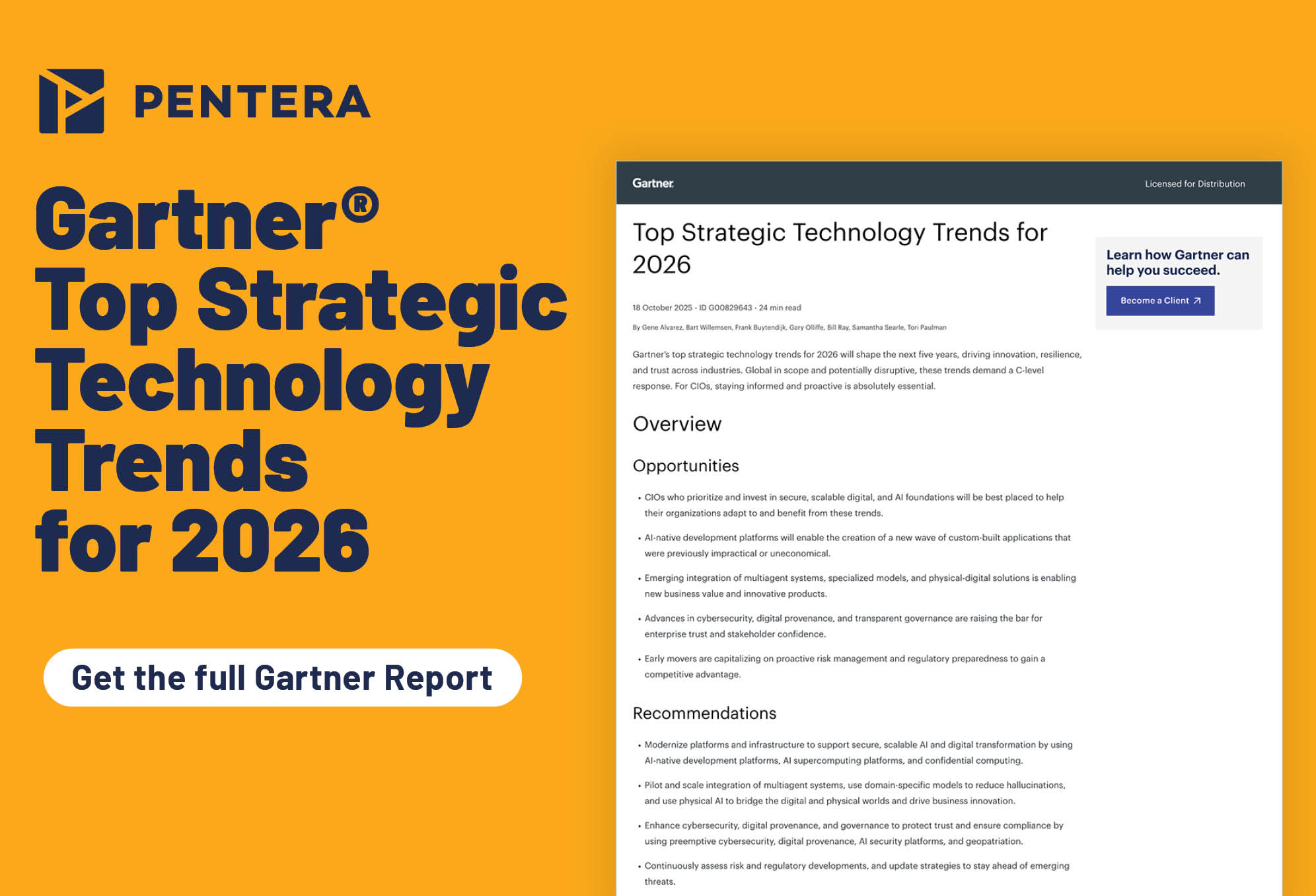What Is a Data Breach?
A data breach is a security incident in which confidential information is accessed by unauthorized parties. Data breaches pose significant risks to organizations that experience them, so they are a major consideration when devising security strategies and policies.
What causes data breaches and how do they happen?
Data breaches can happen in a variety of different ways. The following are some of the most common causes of data breaches:
- Inadequate security measures: Substandard security measures often leave vulnerabilities through which data can be compromised. This may include improper or poorly implemented security controls, weak passwords, or a lack of data encryption.
- Third-party software vulnerabilities: Vulnerabilities in the code of third-party applications and services can leave organizations’ data exposed if vendors and software tools and not properly vetted and audited.
- Malware: A system or network can be infiltrated and compromised by malicious software, which is then used to steal sensitive data.
- Phishing & social engineering: Nefarious parties can use misleading emails and social engineering tactics to deceive employees into revealing sensitive information, unwittingly providing access to confidential data.
- Insider threats: In some cases, individuals who are authorized to access important data may misuse their privileges by stealing or leaking sensitive data.
How do data breaches impact organizations and individuals?
Data breaches can have major ramifications for organizations that experience them. The consequences can include financial losses, operational disruption, and reputational damage, and may even have legal implications if the data breach results from a failure in regulation compliance.
How can data breaches be prevented?
To prevent data breaches, organizations should implement comprehensive cybersecurity measures. This means implementing strong access controls, carrying out regular security evaluations and patches, and continuously monitoring systems in order to detect and respond to suspicious activity in real time.
Additionally, organizations should strive to patch vulnerabilities in a timely fashion. In the now well-documented case of the 2017 Equifax data breach, for instance, the organization failed to patch a basic vulnerability in the Apache Struts software. This caused the information of millions of consumers to be leaked, resulting in the organization having to pay out a substantial amount in financial settlements. Had this basic vulnerability been patched earlier, the entire incident could easily have been avoided.
Since not all data breaches result from security breaches, organizations should also establish clear practices and policies for data protection. Furthermore, they should provide extensive employee awareness training to promote vigilance against the potential causes of data breaches.
How can organizations detect and respond to data breaches?
To improve their ability to effectively detect and respond to data breaches, organizations can implement solutions like intrusion detection systems and SIEM (Security Information and Event Management) tools. Using solutions, organizations can continuously monitor activity on their networks to identify threats in real time and employ swift response measures. In addition to implementing such technologies, organizations should also set out thorough incident response plans to ensure that breaches are effectively contained to mitigate risk if they do occur.
Securing data for a resilient future
Data breaches represent a significant threat to organizations from a financial, operational, and reputation standpoint. As such, defending against them should be a priority when devising cybersecurity strategies. By understanding the causes and effects of data breaches, implementing comprehensive security controls and detection technologies, and establishing clear incident response protocols, organizations can effectively reduce the risk of a data breach and mitigate potential risks to ensure their longevity and prosperity.
Frequently asked questions
How do data breaches occur?
Data breaches can happen in a variety of ways, such as through insider threats, phishing, social engineering, third-party software vulnerabilities, and inadequate security measures.
What should organizations do if they experience a data breach?
Organizations that experience a data breach should respond by initiating their incident response plan as soon as possible. This will enable them to contain the breach, assess and mitigate potential damage, and determine the root cause of the issue so as to prevent further unauthorized access. Additionally, organizations should notify regulatory authorities as soon as possible after becoming aware of the breach.
What are the potential consequences of a data breach for individuals and organizations?
The ramifications of a data breach differ for individuals and organizations. Aside from the obvious invasion of privacy, individuals who experience a data breach may fall victim to acts of identity theft and financial fraud. For organizations, the consequences can include, financial loss, operational disruption, reputational damage, and potential legal action if their practices are not regulation-compliant.
What are some common tactics used by cybercriminals to perpetrate data breaches?
Cybercriminals utilize a variety of tactics to perpetrate data breaches. Among others, these include phishing, social engineering, malware, and the exploitation of software vulnerabilities.


